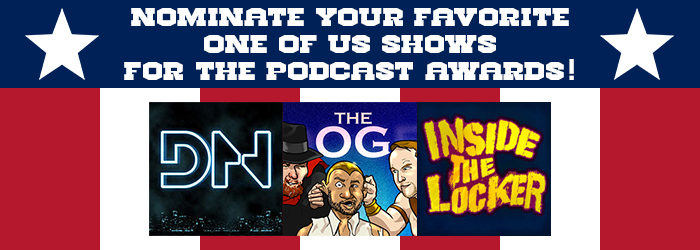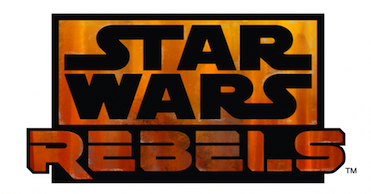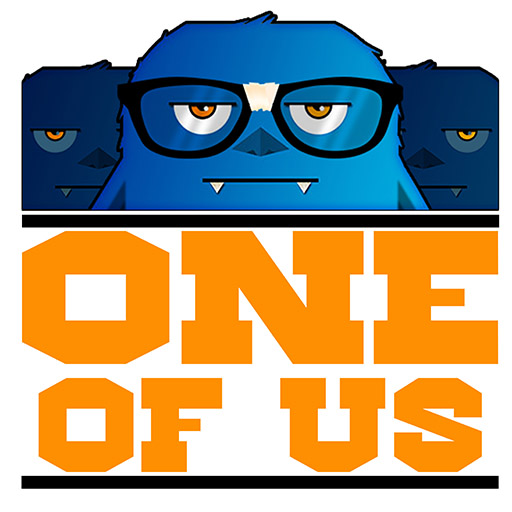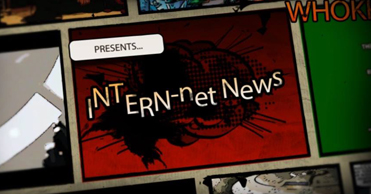After a lengthy selection process, necessitated by an influx of outstanding candidates, we proudly present the OneOfUs.Net interns! They’ll be providing daily news coverage on the site as well as other exciting features. We are so pleased to have each of them joining our team, and we know they will be a vital part of the growth of the site. In fact, we believe they will inevitably take over the web by uniting as the mighty INTERN-Net…which is how we fondly refer to them. Learn a little bit more about them and please offer them a hearty welcome and your congratulations.
 Dimitry Pompee (Associate News Editor)
Dimitry Pompee (Associate News Editor)
Dimitry is a seasoned researcher, a public media enthusiast, a lifelong gamer, and a fanatical technophile. While he holds degrees in political science, public policy, and legislative affairs from two of the nation’s finest universities, Dimitry is most proud of his Bachelor of Chiptune awarded by the chip-punk gods of Anamanaguchi. Additionally, Dimitry regularly spends far too much money on movies, video games, graphic novels, music, and the rest of his geeky passions. After a brief stint as a podcast host and a summer working with National Public Radio’s Intelligence Squared U.S., Dimitry is making his triumphant return to media as a member of the OneOfUs crew. Follow Dimitry on Twitter.
 Angelo Eularia (News Desk)
Angelo Eularia (News Desk)
Born in the fiery pits of California, and raised in the wilderness of Washington, Angelo Elauria is one weird dude. He is currently attending the University of Washington, located in the little rainy city of Seattle. Working on his B.A. degree (which stands for BAD ASS) in bs… err Psychology, he hopes to one day brain bang you. He aspires to one day become a film director/writer, however, being a nerd comes first. He really loves everything creative and clever: Film. Animation. Television. Architecture. Video games. Robots. Gummy Bears. Robotic Gummy Bears. There isn’t anything that will fascinate him if he stops to really think about it.
 Caitlin Turner (News Desk)
Caitlin Turner (News Desk)
Born in Wheeling, West Virginia, Caitlin Turner was destined to be a geek since the moment her father shoved a gaming controller in her hand at the age of two. Since then Caitlin has received two associate degrees in computer forensics. With a love for practically anything geeky, cute, or classified as horror she has gained one very odd collection. She can usually be found writing, enjoying one of her interests, or just chilling out with her friends.
 John Eckes (News Desk)
John Eckes (News Desk)
Nine months before John was born his parents had sex. Born and raised in the cultural bubble that is the far Upper-Midwest, geek culture was John’s outlet to the outside world. John’s love of imagination and storytelling led him to passionately embrace the worlds of comics, TV, and film. It is a source of constant joy in John’s life that he wakes up every day with new avenues of geekdom to explore. In his brief stint on the planet, John has been everything from a dishwasher to a soldier serving a single tour in Iraq. John graduated from the University of North Dakota with a BA in English and currently resides in Grand Forks, ND, where he does stuff (and also things).
 Luke Crum (News Desk)
Luke Crum (News Desk)
Hailing from the Midwest, Luke has a wide variety of interests but has a strong passion for movies and craft beer. His interest in beer leads many to believe he has a drinking problem, but also inspired him to dabble into home brewing. Luke is also fulfilling a degree in Communication Arts and enjoys making family members uncomfortable with his creative writing projects. Lastly and tragically as a Chicago Cubs fan he spends most of October in a fetal position on the couch watching Rookie of the Year.
 Mason Daniel (News Desk)
Mason Daniel (News Desk)
Born in Pennsylvania and settled in Connecticut, Mason is a consumer of all things cinema whose appreciation ranges from the arthouse to the mainstream. Hoping to break into either filmmaking or film journalism, he currently bides his time fleshing out his tastes and critiquing skills by writing about what he watches and what’s on the horizon. Be easy on him, though — he’s still a rookie of sorts! You can follow Mason on Twitter and Letterboxd
 Thomas Mariani (News Desk)
Thomas Mariani (News Desk)
Thomas Mariani is a born geek, with a bit of nerd mixed in here & there. A native of the (less) swampy parts of Florida, Thomas has always been a fan of films, television & other sources of media ever since he was a child, having been raised on Jim Henson, Star Wars and the basic cable cartoons of the ’90s & ’00s. He already has experience writing and podcasting about pop culture, which you can read/listen to on sites like www.widescreenwarrior.com, www.tvtalk.com, www.horrornews.net and www.docrotten.com.
 Cory Drake (Audio Editing Intern)
Cory Drake (Audio Editing Intern)
Cory Drake was born as part of a formerly top-secret experiment in the Silicon Valley. I say “formerly top-secret” because those files have recently been declassified. It can now be confirm that Baby Drake (or “Bay-Dray,” as he was code-named) was the beta version of Google. Cory was spoon-fed a steady diet of comic books, sci-fi, and insect erotica from the time he was crotch-high to a grasshopper. This lent him a unique perspective on pop culture, lycra, and cicada boobies that is unparalleled to this day. Notable accomplishments include contributions in the fields of comedic improvisation, dialects, stage combat, rasslin’, lovin’, and rassle-lovin’. If you want to learn more about The Man Formerly Known as Bay-Dray, just do a web search. But use Bing, because Current Google is the jealous type and still gets a little pissy if you mention him.
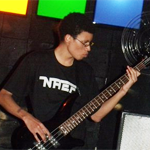 Fabio Sequeira (Audio Editing Intern)
Fabio Sequeira (Audio Editing Intern)
Born in Portugal, currently living in São Paulo Brazil, this young man grew up with only one role model: Spider-Man. Thus began his journey to becoming a huge dork. Now he lives his life by himself, working as a freelance software developer. He is a college graduate and continuously studies several of his favorite subjects: movies, comics, anime, books, philosophy, politics, sports, podcasts and music. A point guard for 5 years, he has a passion for basketball. He is currently the bass player for the band “The Agane Vengeance” and has several solo projects. Follow Fabio on Twitter and Facebook!
